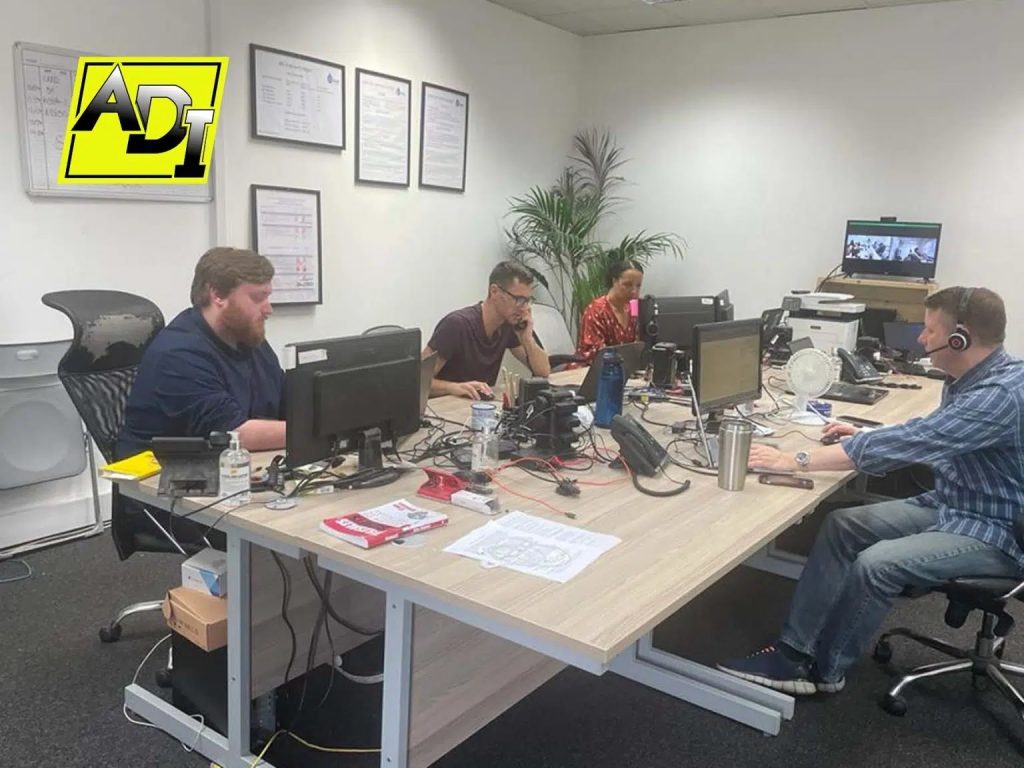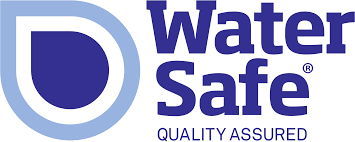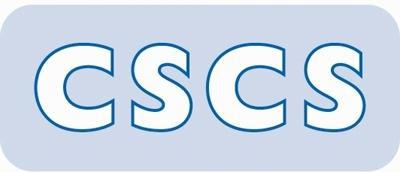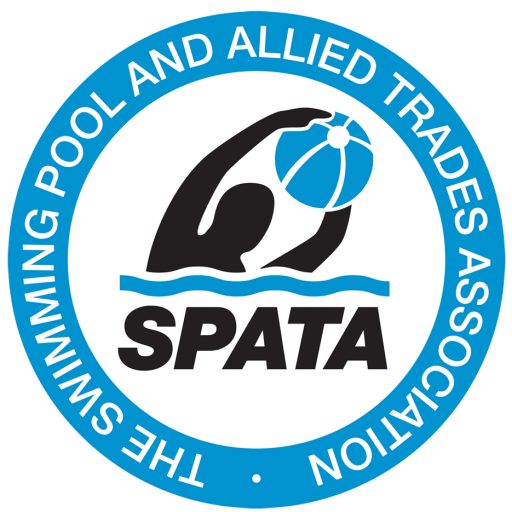Thermal Imaging Leak Detection
Thermal Imaging Leak Detection is the process of detecting hidden water leaks and moisture patterns using a infrared thermal imaging camera.
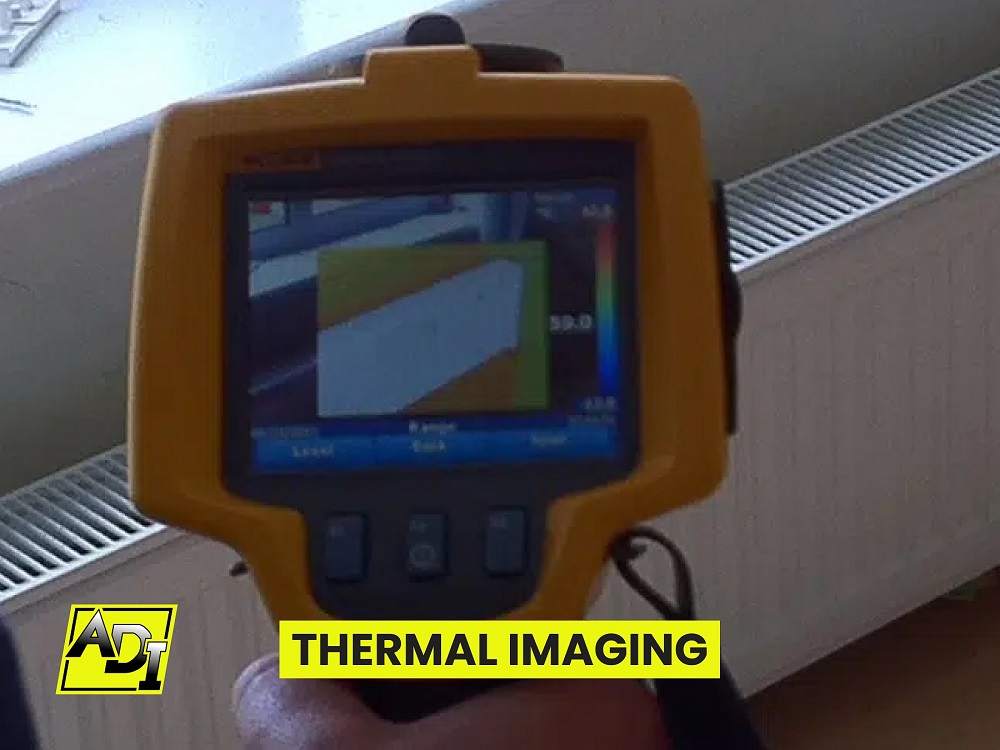

Benefits Of Thermal Imaging Leak Detection
- Thermal imaging cameras are able to detect moisture in flat roofs, ceilings, behind walls and under floors.
- Thermal cameras allow large areas to be scanned quickly.
- Thermal imaging identifies areas of heat loss or damp.
- Thermography is a non-invasive method of detecting leaks inside buildings.
Water Leaks That Can Be Traced Using Thermal Imaging
- Central heating pipes buried under floors, above ceilings or inside walls.
- Roof leaks are located using aerial drone equipped with thermal imaging cameras.
- Internal Swimming pool filtration system leaks may show as a damp area on a thermal camera.
- Mains water leaks under concrete inside a property will create a large damp area.
- Underfloor heating leaks show as a heat spread from the hot pipe under flooring.
- Bathroom & shower plumbing systems create damp areas which are often identifiable using a thermal imaging camera
- Structural building leaks are located using thermal imaging to look for areas of damp from water ingress.
WATCH: Thermal Imaging Being Used To Detect A Central Heating Leak
Is Thermal Imaging Leak Detection Accurate?
Thermal imaging is an accurate leak detection method.
The Thermal imaging camera detects infrared energy. The data is processed to produce a thermal image containing temperature readings,
Our engineers utilize other types of leak detection equipment including Tracer Gas & Acoustic listening devices to confirm the location of a suspected leak.
Call Now For Thermal Imaging Water Leak Detection Services
ADI Leak Detection Engineers are specialists in finding hidden water leaks under almost any circumstances.
Our dedicated team of leak detection engineers are located nationwide and are ready to locate your leak!
Call our office team to discuss your leak and discover how we can help you!
